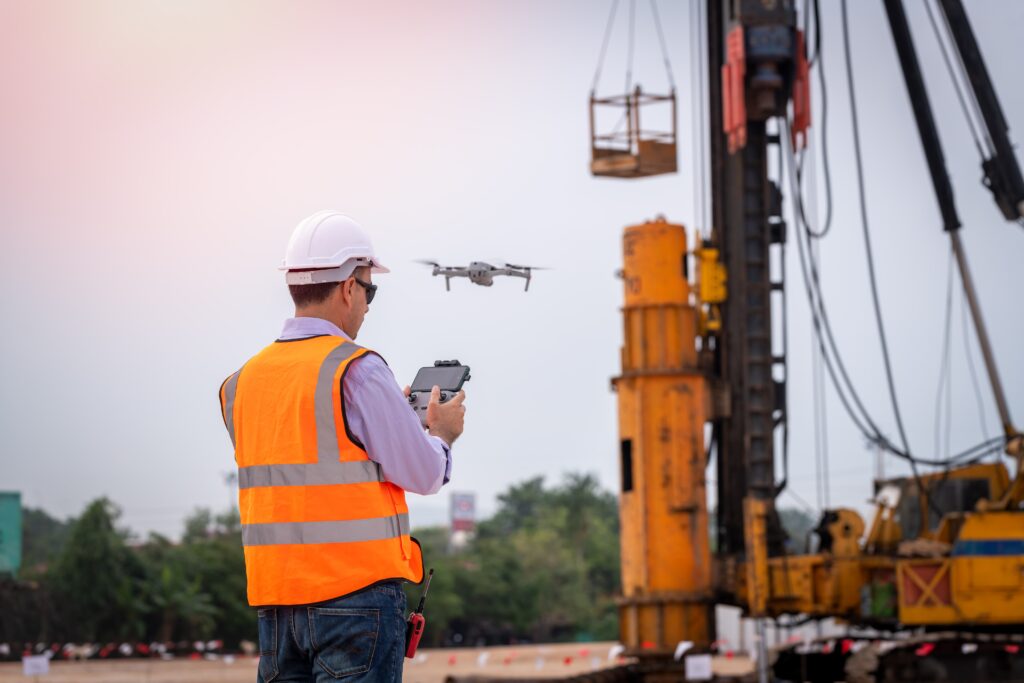As the world continues to embrace digital transformation, the oil and gas industry is not left behind. The industry is experiencing a significant shift in its workforce dynamics, thanks to digitalization. This article explores the impact of digitalization on workforce dynamics in the oil and gas industry, with a particular focus on how software like FAT FINGER is revolutionizing operations.
Are you interested in seeing how FAT FINGER can transform your operations? Request a demo today.
Understanding the Digital Shift in the Oil and Gas Industry
The oil and gas industry has traditionally been slow to adopt new technologies. However, the advent of digitalization has brought about a paradigm shift. Digital technologies are now being used to streamline operations, improve safety, and increase productivity. This shift is not only changing how work is done but also the skills required by the workforce.
The Role of FAT FINGER in Digitalization
FAT FINGER is at the forefront of this digital revolution. As a digital workflow procedure builder, it empowers front-line teams to do their work correctly every time. With features like Drag & Drop Workflow Builder, Mobile & Desktop Workflows, Dashboards, Integrations, Augmented Reality, Connect IoT Devices, and Artificial Intelligence Coaching, FAT FINGER is transforming the way facility inspections and production rounds are conducted in the oil and gas industry.
Impact of Digitalization on Workforce Dynamics

1. Skill Shift
One of the most significant impacts of digitalization on workforce dynamics is the shift in required skills. Workers now need to be tech-savvy and comfortable using digital tools like FAT FINGER. This shift is leading to a demand for continuous learning and upskilling.
2. Improved Safety
Digitalization is also enhancing safety in the oil and gas industry. With digital workflow procedures, workers can follow comprehensive inspection checklists, reducing the risk of accidents and ensuring that facilities remain in good condition.
3. Increased Productivity
By streamlining operations, digitalization is boosting productivity. Workers can complete tasks more efficiently, leading to increased output and reduced downtime.
Case Study: Digitalization in Action
One example of digitalization in action in the oil and gas industry is the use of FAT FINGER for facility inspections. By using this software, companies can ensure that their facilities are inspected thoroughly and consistently, reducing the risk of costly repairs or downtime.
Conclusion
In conclusion, digitalization is significantly impacting workforce dynamics in the oil and gas industry. It is leading to a shift in required skills, improving safety, and increasing productivity. Software like FAT FINGER is playing a crucial role in this transformation, empowering front-line teams to do their work correctly every time.
Are you ready to embrace digitalization in your operations? Sign up for FAT FINGER today and unlock operational excellence.
Discover more about the impact of digitalization on workforce dynamics in the oil and gas industry. Learn how technology is revolutionizing operations and creating new opportunities. Don’t get left behind in this digital transformation. Visit fatfinger.io today to stay ahead of the curve.


